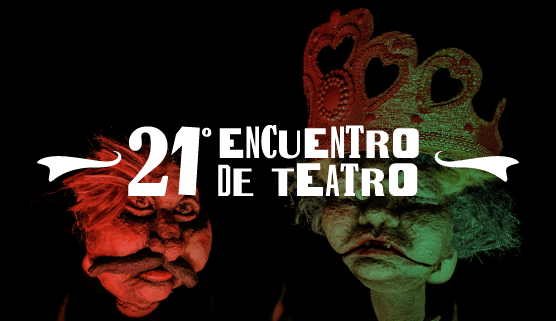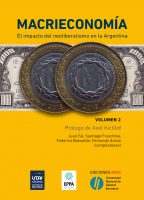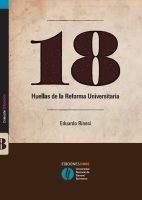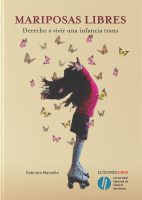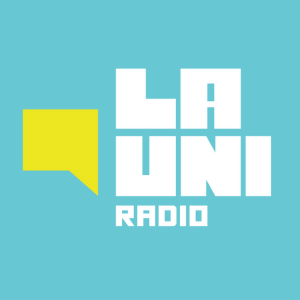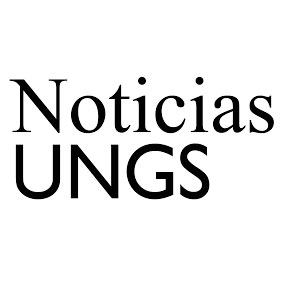La palabra propia. Sobre la critica literaria ensayistica y el intelectual como sujeto de enunciacion (1970-2008)
Criticism, essay, and intellectuals constitute connected instances in specific cultural practices and processes; however, those are not always related to each other in the bibliography which deals with them from different areas of knowledge (linguistics, criticism, history of ideas, etc.). In this particular work, those are considered complementary dimensions within the study of local essayistic literary criticism and the critical intellectual, as a discursive role, in the period between 1970 and 2008. The research problem is defined by the integration of two positions in the field: i) the presentation of what could be considered the extinction of the literary criticism specialization in the hands of the cultural studies and the necessity of redefinition (Sarlo 2003a); ii) the description of its historical process as a passage from literary criticism to cultural criticism of literature, and from there, towards literary criticism of culture (Dalmaroni, 2000a). In connection with this, the specificity question can be thought as a counterpoint issue and as a resource for both the definition of perspectives and the consequent struggle for hegemony. Within this framework, there appear, in the abovementioned passage, some variations in a type of discursive subjectivity associated with the communication role of the critical intellectual and, therefore, with the perspective issue. These are the general hypotheses (the authors of the corresponding categories used are mentioned): i) the literary perspective is characteristic of the essayistic style (Bakhtin, 1998 [1952-3]) and of a correlative way of interpreting/reading, both of them supported as values in the field (Bourdieu, 2008 [1984], 1995 [1992]); ii) that literary perspective is defined in relation with, at least, two discursive traditions: one, belonging to the literary theory and criticism, built over the appropriation of different conceptions of critical writing which transcend the national boundaries; another one, combining both the essayistic features of soliloquy, dialogue and conjecture and the features of the essay on the interpretation of the national field (Rosa, 2003b); iii) the tensions condensed in the critical essays (Angenot, 1982; Weinberg, 2004b, 2007) express and create tensions in a discursive subjectivity, corresponding to the ways in which the intellectuals understand their communication role and to the contexts within which they frame their activity, in the different stages of the period under study (Altamirano, 2013 [2006]). Considering exogenous and endogenous factors, turning points (Jitrik, 1999) were set, with respect to the defined period and in relation with the criticism passage, and the analysis comprises: i) strategies of the actors in the field, mainly observed in the environment of literary or cultural magazines, and events which could be considered in a collective dynamics, and ii) strategies of essayistic critical writing and
UNGS-IDES. Tesis Doctoral Martina López Casanova
critical ways of reading different political, cultural and literary objects, but, above all, ways in which criticism reads itself. This work identifies what traditions are selected (Williams, 1976 and 1977), and, particularly, what discursive traditions (Oesterreicher, 2000, 2001a, 2002; Kabatek, 2003 and 2004) are updated each time, how and what for. Tracing presence, construction, and function of the discourse traditions involves work over the texts through the methodology of the corpus analysis (López Casanova, 2011, 2013), which integrates reading of formal elements and special characteristics of different contexts (Altamirano, 2013 [2006]; Skinner, 2007 [2002]) avoiding the illusion of reflection: some of the starting notions are then configuration (Bourdieu, 1995 [1992]) and structure of feeling (Williams; 1997 [1977]). The analysis discloses historical features of criticism by interacting with a more comprehensive history in cultural and political terms. The corpuses are comprised of: essays published in literary and cultural magazines (Crisis, Los Libros, Literal, Babel, Punto de Vista, El Ojo Mocho, etc.), prologues, reviews, editorials, communications presented at more or less specialized events in the field, and essays in book format. The starting point of this period was placed in 1970 due to the existing relationship between political practice and critical practice, especially, in its metacritical orientation (Terán, 1991; de Diego, 2003 [2001]; Panesi, 2004 [2001]; Sarlo 2003b), as a distinctive feature in the “new criticism,” having its greatest exponent in Los Libros (1969-1976) (de Diego, 2003 [2001]; Panesi, 2004 [2001]; Peller, 2007, 2008). As regards the final point of this period, 2008 was chosen for being the year in which Punto de Vista magazine was closed. This magazine contributed, in several aspects, to the creation of the initial project of Los Libros, and it redirected it to a second moment of critical modernization with vast influence on the subsequent years (de Diego, 2003 [2001]: 142; Patiño, 2008). It is important to clarify that this work does not deal with intellectuals and magazines as particular objects but with some operations revealing different constructions of the intellectual as a specific kind of essayistic discursive subjectivity, and their profiles in connection with struggles of critical perspectives. Considering these purposes, this work is methodologically integrated by those stages of Punto de Vista (Patiño, 1997, 1998, 2008; Pagni, 1993 and 1996; Vulcano 1999; de Diego, 2003 [2001]); and the determination of each stage is reconsidered in the corresponding chapters. This thesis is organized in five chapters. In the first one, the research problem is defined with regard to field discussions on the question of the critical specificity, and a personal framing is consequently proposed to intersect those categories mentioned (essay, criticism, intellectuals, and some others). From the second chapter to the end, the analysis materials can be found diachronically distributed: first years in the seventies (Chapter II); 1974-1982 (Chapter III); 1982-1990 (Chapter IV); 1990-2008 (Chapter V). In the time axis Los Libros/Punto de Vista, the different stages are designed in view of topics and discursive strategies which allow observing selection, re-appropriation, and combination of traditions in the process of inheritances and legacies, and in the construction of critical discourses as a value. Finally, by means of the analysis performed, the general hypotheses as well as the particular ones (disaggregated in each chapter) were confirmed.

